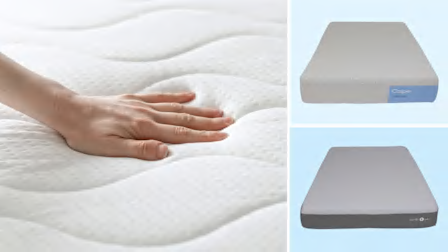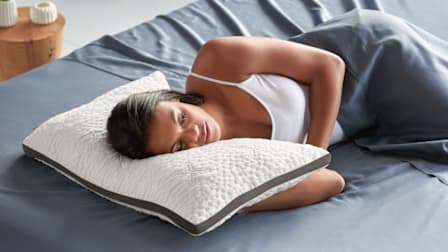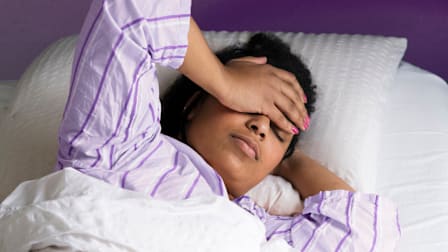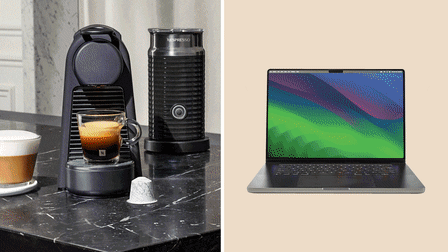Best Mattresses for Back Sleepers
CR reveals the innerspring, foam, and adjustable air mattress options that offer the most support for back sleepers
When you shop through retailer links on our site, we may earn affiliate commissions. 100% of the fees we collect are used to support our nonprofit mission. Learn more.
The best mattresses for back sleepers offer excellent support along with adequate pressure relief. After testing thousands of mattresses, nearly 300 of which are in our current ratings, we’ve found plenty of medium-firm to firm mattresses that (as to be expected) align the spine. But we also discovered a nice selection of softer models that perform just as well. Back sleepers can find support with all types of mattresses, from innerspring to foam to adjustable air.
Best Innerspring Mattresses for Back Sleepers
Innerspring mattresses consist of a layer of steel coils topped with fiber padding or foam. The coils offer resilience and a buoyant feel, but as a result, you may feel some motion transfer from one end of the mattress to the other.
Best Foam Mattresses for Back Sleepers
These mattresses, made entirely of foam layers, have a body-conforming feel and, typically, good stabilization. But as a result, they also tend to retain heat and lack resilience. A greater percentage of foam mattresses score higher for back support than innersprings.
Best Adjustable Air Mattress for Back Sleepers
Adjustable air mattresses are typically pricey, but sleep partners appreciate that each side can be inflated (or deflated) to match their own comfort needs.
How CR Tests Mattresses for Back Support
A mattress won’t offer the same level of support for a large person as it would for a small one. That’s why we test each mattress with people of different sizes. To accomplish this for back sleepers, we graph a mattress tester’s neutral spine position as they’re standing. Next, using 36 sensors, we graph the impression the body makes as the tester lies on each mattress. We then compare the two graphs to evaluate how well they align. If they don’t align well, the mattress isn’t going to be particularly supportive. “A nonsupportive mattress may not conform to the body’s natural curves, and may allow sagging or even flattening of the spine,” says Chris Regan, who oversees mattress testing for CR. “It’s that lack of support that makes you shift around on a mattress.”
To see all of CR’s sleep coverage, go to our Guide to Better Sleep.




























